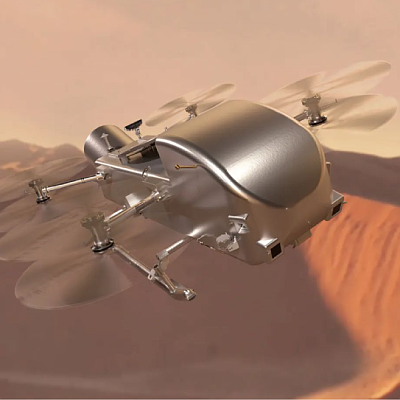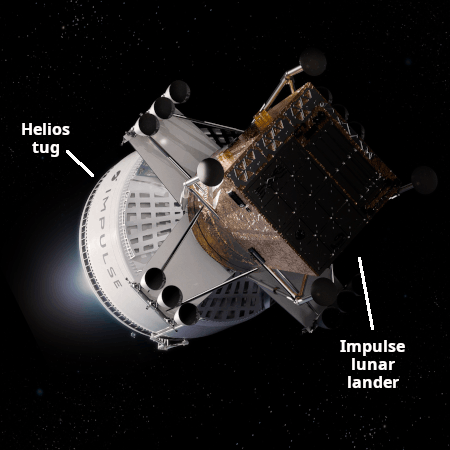October 17, 2025 Quick space links
Courtesy of BtB’s stringer Jay. This post is also an open thread. I welcome my readers to post any comments or additional links relating to any space issues, even if unrelated to the links below.
- Intuitive Machines touts its proposed Zephyr returnable capsule
It already has a deal with Space Forge to use the capsule to produce both pharmaceuticals and semiconductors for sale on Earth.
- Minor damage to Blue Origin’s New Glenn rocket’s second stage during transport
The damage is not expected to impact the scheduled launch now targeting November 9, 2025.
- Citizen scientists discover the most powerful and first double ‘odd radio circle’
Lots of uncertainty, but a truly intriguing discovery that remains unexplained.
- Astronomers detect what they think is a black hole tearing apart a star
At least, that’s their best explanation for the strong radio flares coming from the black hole.
- Axiom marks 700 hours of crewed pressurized time in its spacesuit
This suit is designed for the Moon, but will be quickly adapted by the company for use on both ISS and Axiom’s own station. It also will be available for sale to the other commercial stations under construction.
Courtesy of BtB’s stringer Jay. This post is also an open thread. I welcome my readers to post any comments or additional links relating to any space issues, even if unrelated to the links below.
- Intuitive Machines touts its proposed Zephyr returnable capsule
It already has a deal with Space Forge to use the capsule to produce both pharmaceuticals and semiconductors for sale on Earth.
- Minor damage to Blue Origin’s New Glenn rocket’s second stage during transport
The damage is not expected to impact the scheduled launch now targeting November 9, 2025.
- Citizen scientists discover the most powerful and first double ‘odd radio circle’
Lots of uncertainty, but a truly intriguing discovery that remains unexplained.
- Astronomers detect what they think is a black hole tearing apart a star
At least, that’s their best explanation for the strong radio flares coming from the black hole.
- Axiom marks 700 hours of crewed pressurized time in its spacesuit
This suit is designed for the Moon, but will be quickly adapted by the company for use on both ISS and Axiom’s own station. It also will be available for sale to the other commercial stations under construction.

















